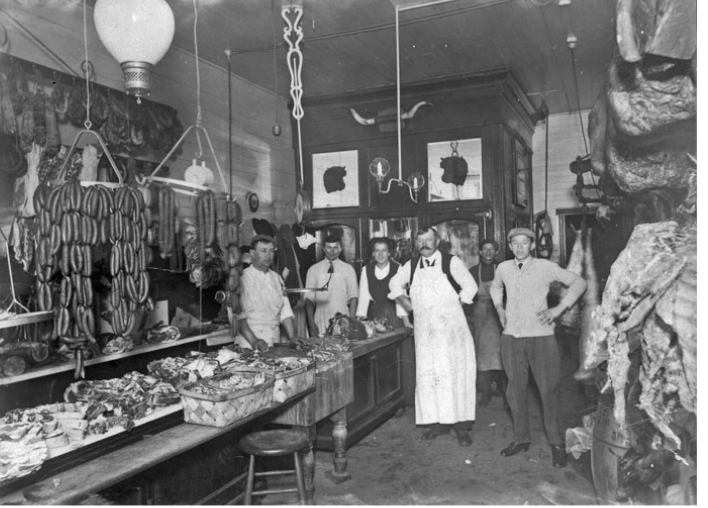Sausage is known to be the oldest and most enduring form of processed meat. In some respects, it may even be considered the world’s very first “convenience food.” No one knows exactly when sausage was first made and eaten but we can say that only natural casings were used from the beginning of sausage making, probably some 6,000 years ago.

Many sausages in production today made their first appearance in the Middle Ages and bear the names of the towns where they were conceived: Bologna, Frankfurter, Genoa, to name a few. There was no alternative to natural casings because none were needed. Technology was not sufficiently advanced either to invent or to manufacture one.
It’s only during the last thousand years, however, that Sausage Making has come into its own as a venerable and highly developed craft. The practitioners of this trade have fostered a rich tradition. In many cases, families handed down their particular sausage making art over several generations and across dozens of nations, with each one contributing their own personal taste and heritage to the art.
The twentieth century brought on the Industrial Revolution and adding billions to the world’s population. Mass production was needed in virtually every industry. The meat processing industry faced its own inherent challenges in slaughter, processing, and food safety. “Efficiency” and “quality” became the norm for those processors who rose to the challenge and managed to withstand the test of time.

Today there are numerous types of sausage casings including: natural and artificial such as collagen, cellulose, fibrous and plastic which were born out of market demand during the technological maelstrom of the early twentieth century.
Other products manufactured from natural casings are medical sutures, cosmetics, secretion, heparin and many more by-products.
If you are looking for the oldest and finest casing to present your unique product—a natural casing is the only way to achieve the excellence you are after.
